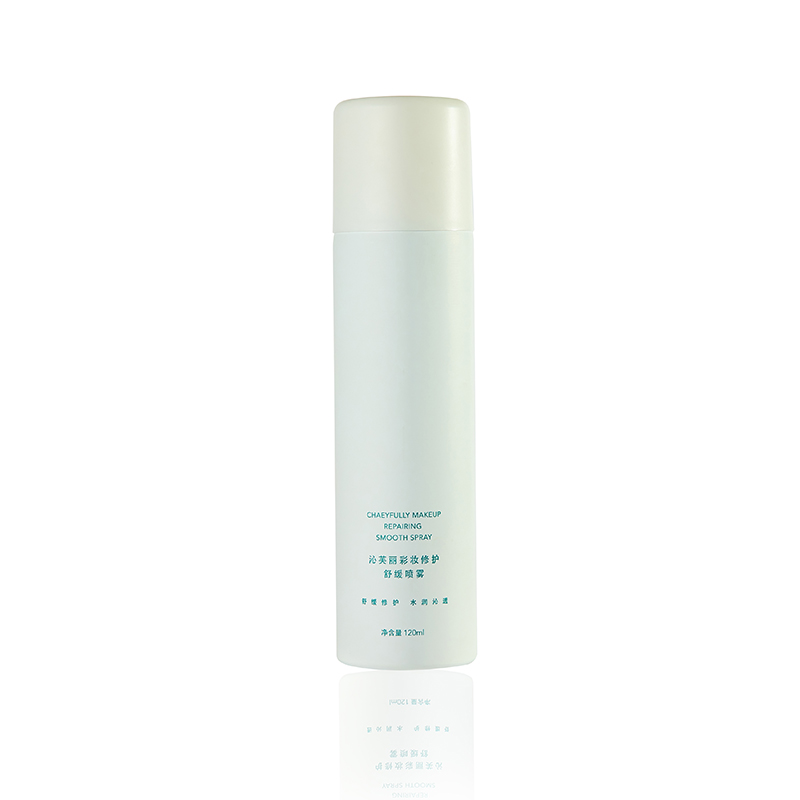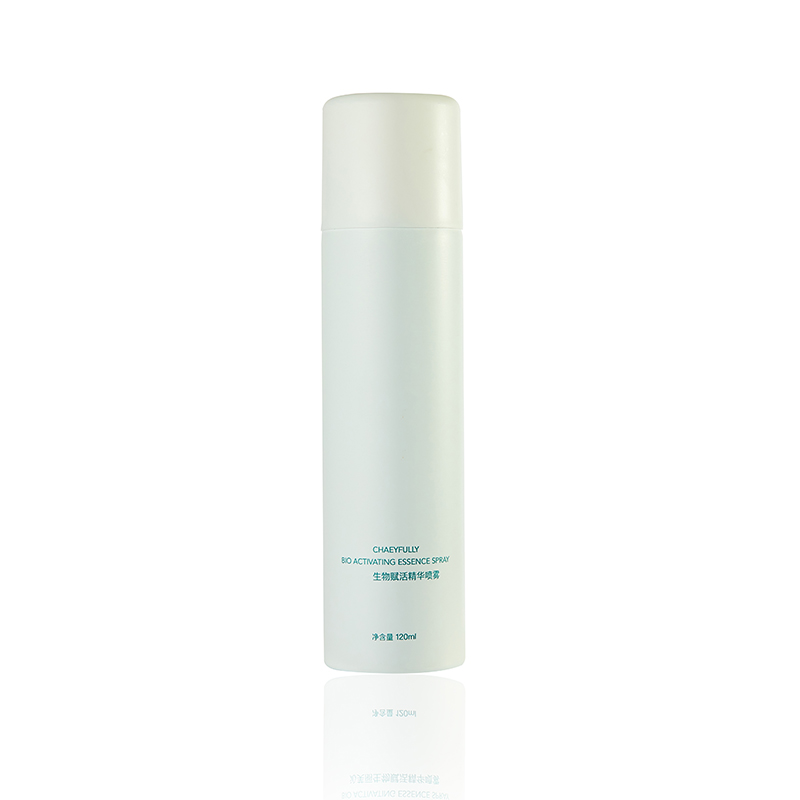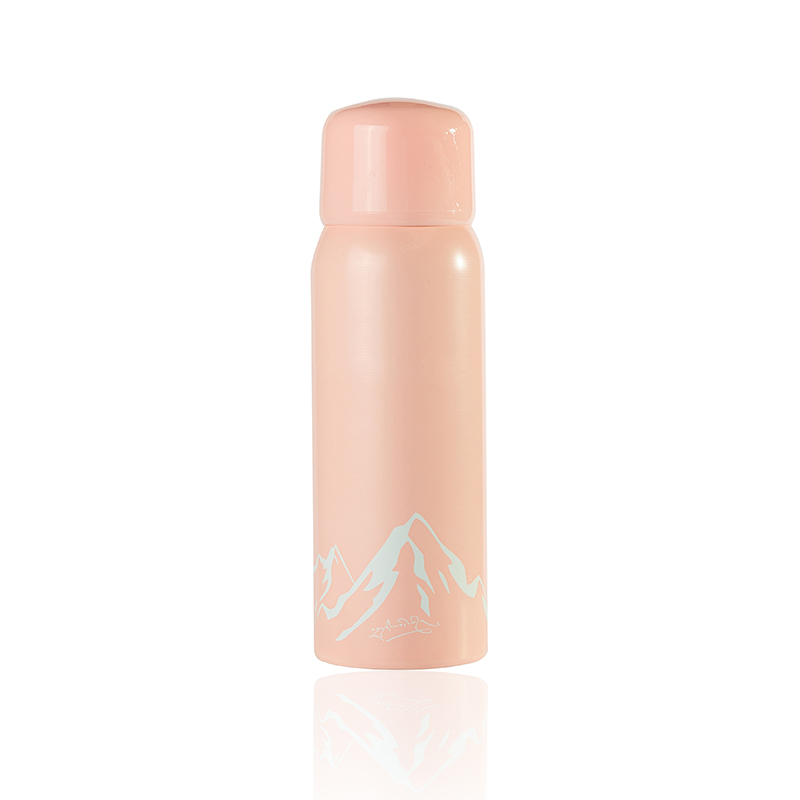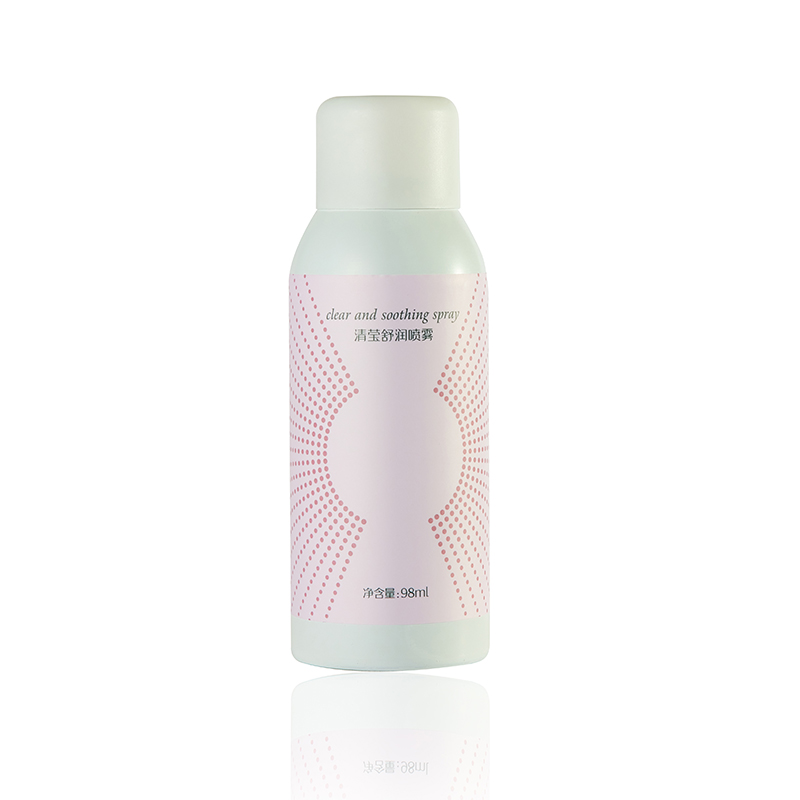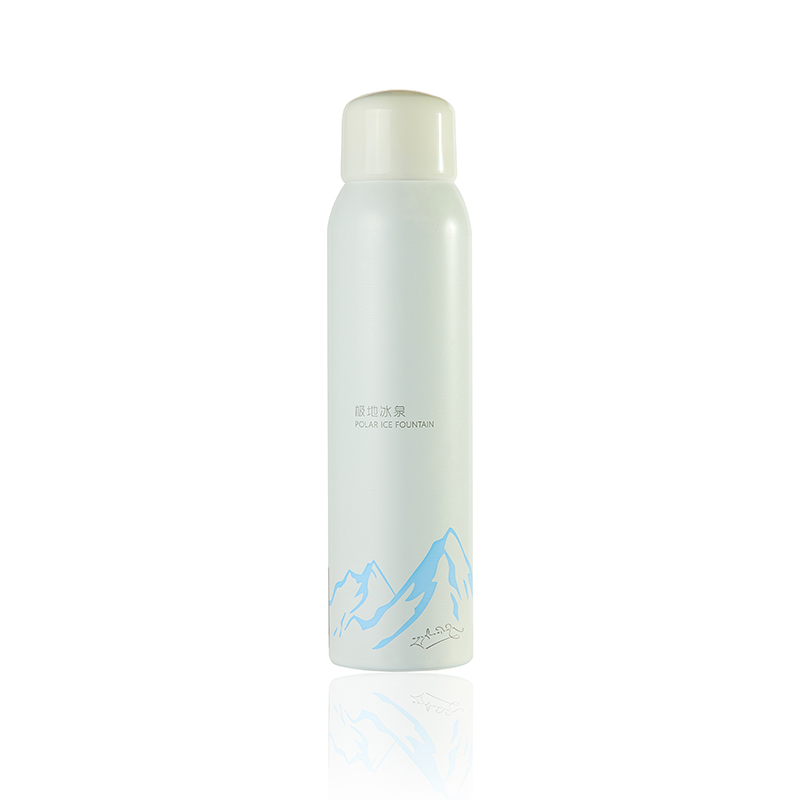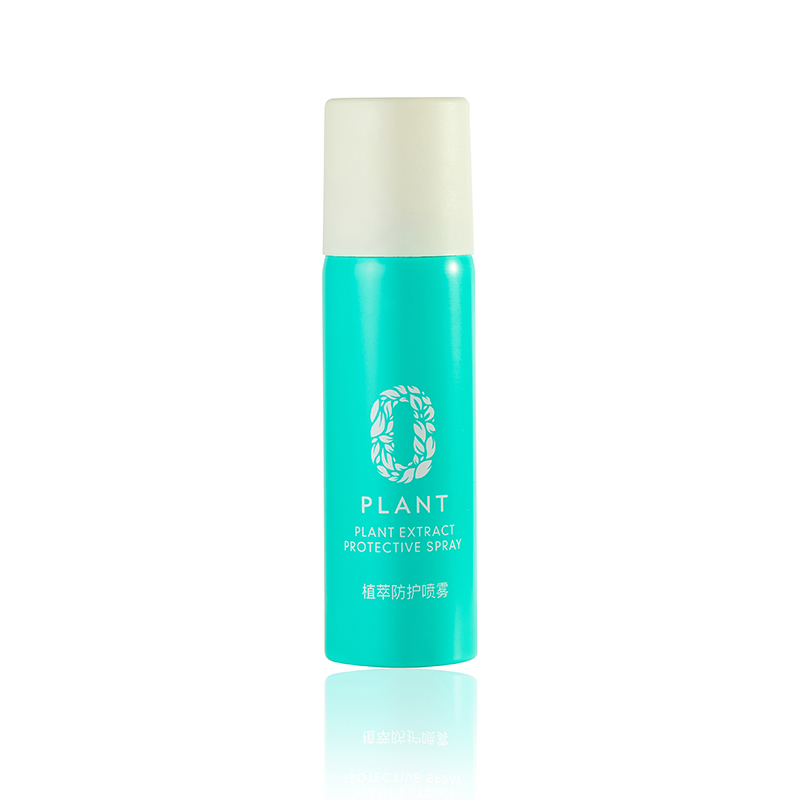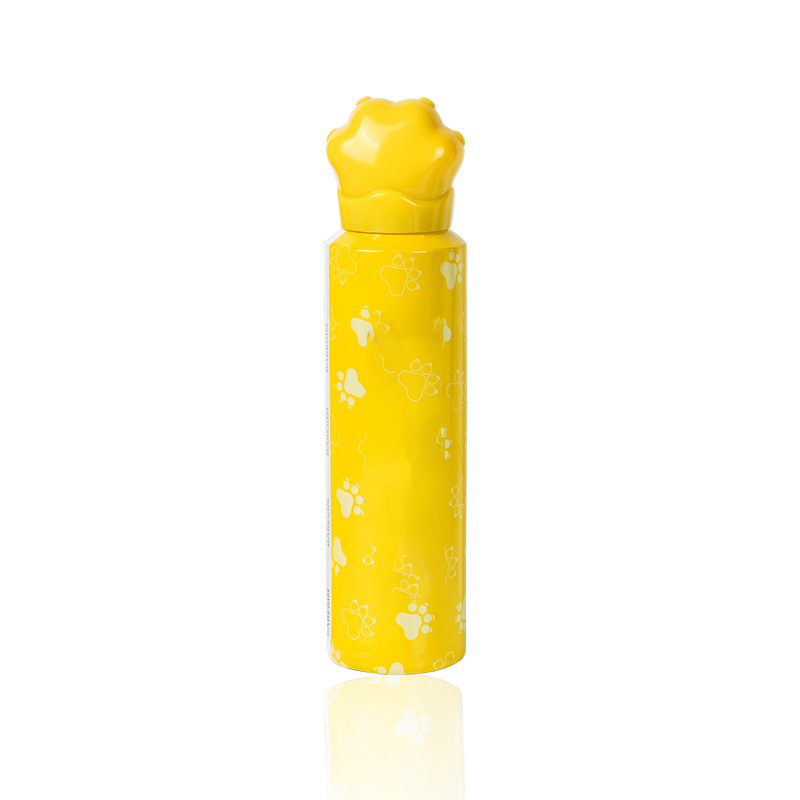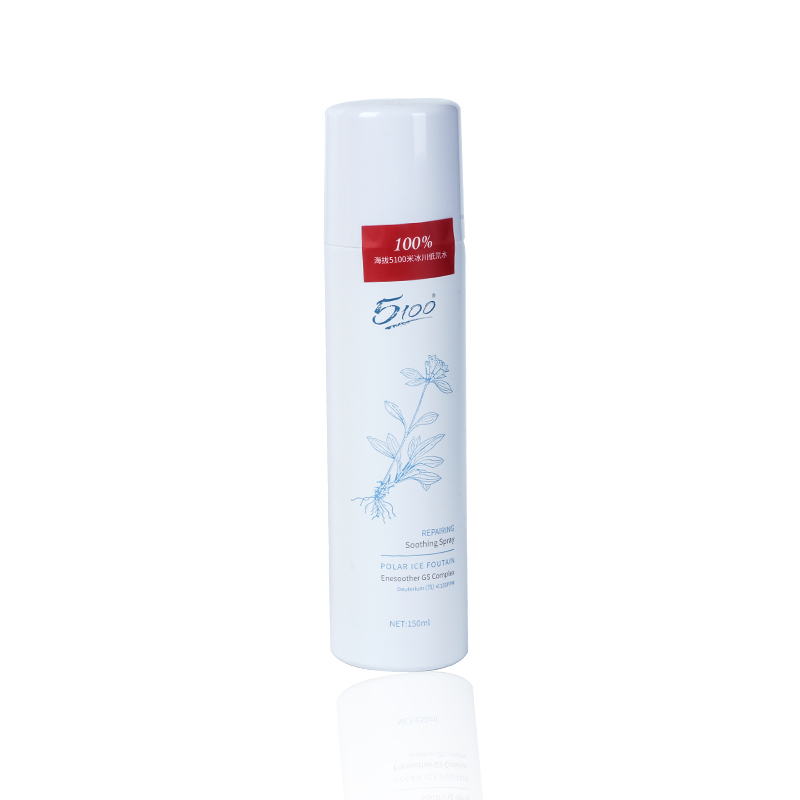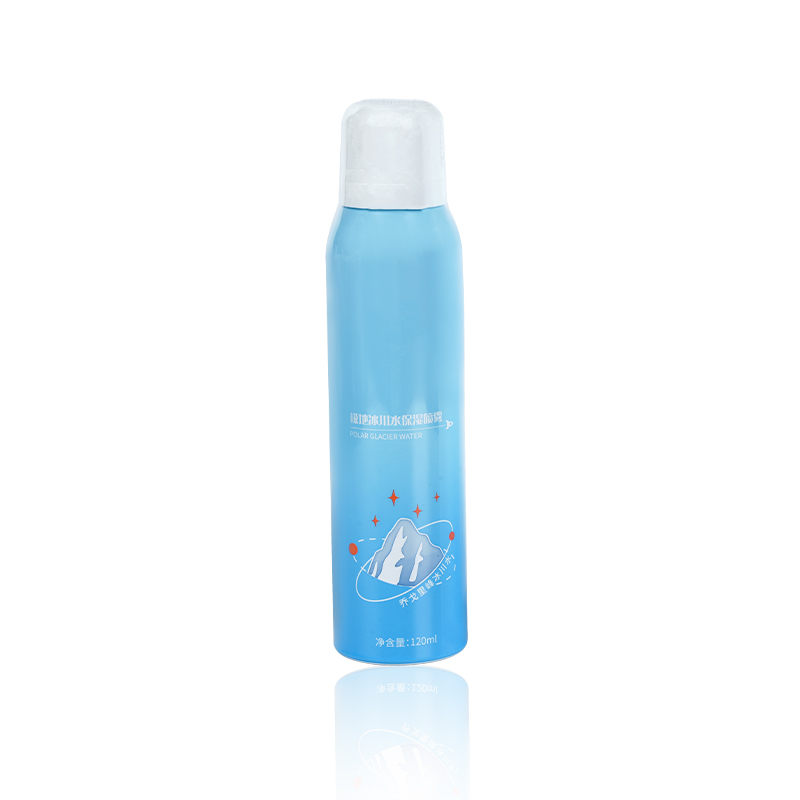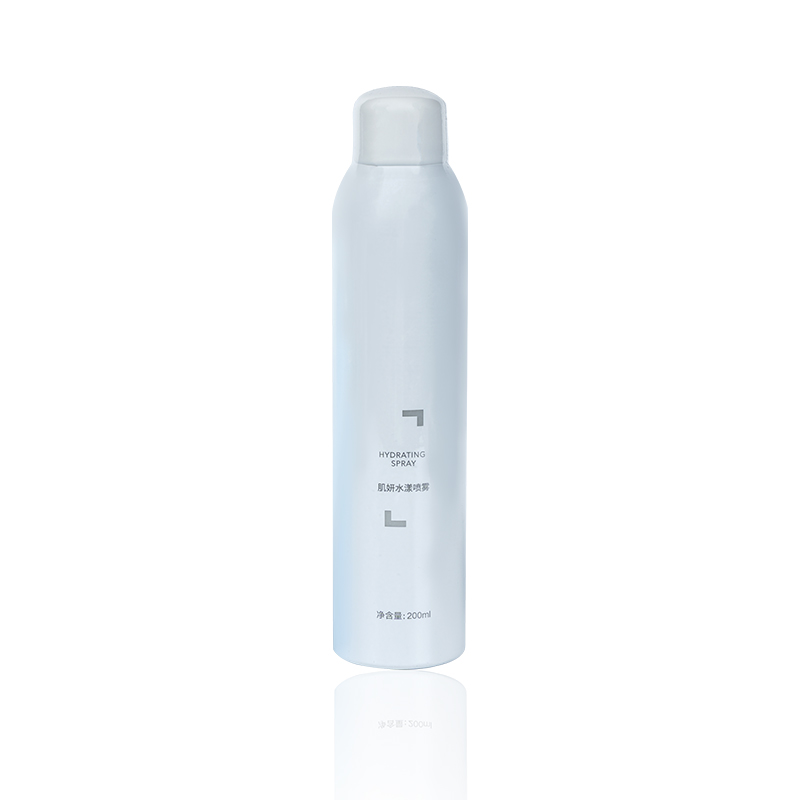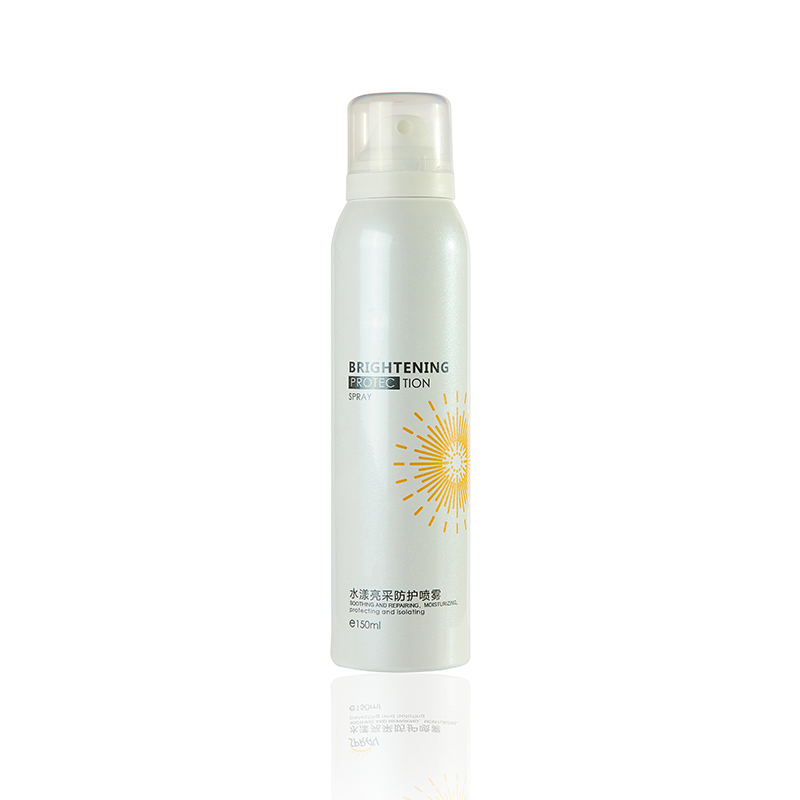The effectiveness of a facial cleanser depends heavily on the type of surfactant it uses. Surfactants are the cleansing agents responsible for removing oil, dirt, and makeup from the skin. But not all surfactants are created equal—some are harsher and more stripping, while others are designed to be gentle and skin-compatible. Manufacturers who understand these nuances can create cleansers that don’t just clean, but also support the skin’s natural function and leave a better user experience.
Surfactants are broadly categorized into anionic, nonionic, amphoteric, and cationic types. Anionic surfactants like sodium lauryl sulfate are excellent at cutting through oil and producing foam, but they can also disrupt the skin barrier, leading to dryness or irritation. Nonionic surfactants, on the other hand, are far milder, often used in formulations designed for sensitive skin or baby care. Amphoteric surfactants, such as cocamidopropyl betaine, strike a balance between cleaning power and gentleness, making them a favorite in modern facial cleanser formulas.
Selecting the right surfactant blend is more than a technical decision—it shapes how a cleanser feels, how it lathers, and how it leaves the skin after rinsing. A good formulation team considers not just cleansing strength but how the skin’s natural lipids and microbiome will be affected. Using harsh ingredients may give a strong first impression of "clean," but frequent use can lead to long-term skin imbalance. This is especially important for facial cleansing, where the skin is more delicate and regularly exposed to environmental stress.
Sulfate-free formulations have grown in popularity, not as a trend, but as a response to real consumer needs. While sulfates still serve a purpose in deep-cleansing applications, many users have learned to associate them with tightness or redness post-wash. A facial cleanser that replaces sulfates with milder alternatives like decyl glucoside or lauryl glucoside can still produce satisfying foam while reducing the likelihood of barrier disruption. These ingredients are biodegradable and offer excellent skin tolerance, making them a practical and marketable upgrade.
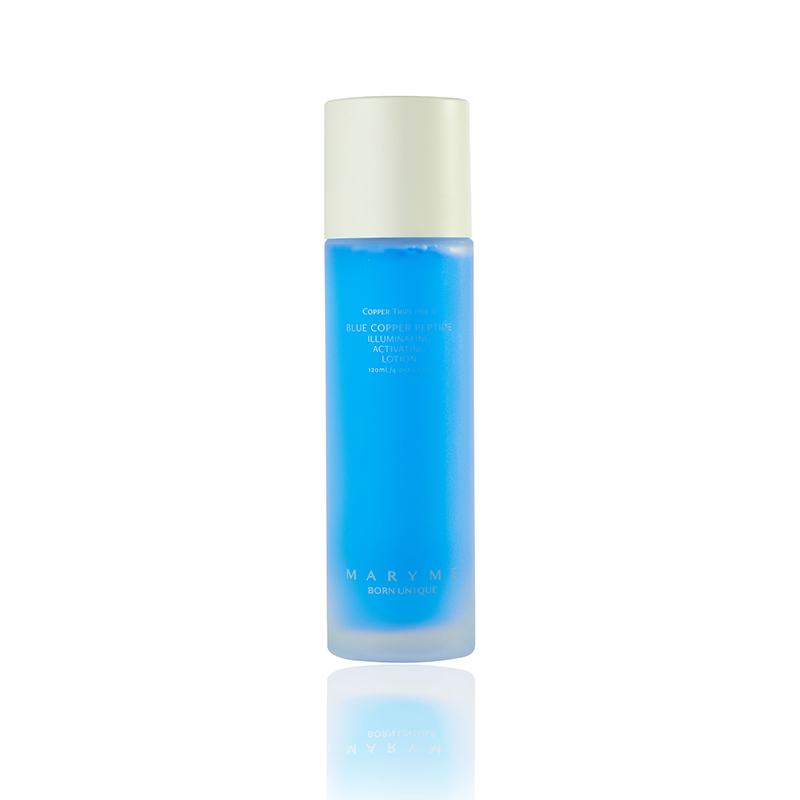
Beyond the surfactant category, the concentration and combination used also matter. Two cleansers may list the same ingredients, but one may feel stripping while the other feels silky and nourishing. This is where formulation experience becomes essential. A well-balanced product may use a small amount of anionic surfactant for effective cleansing, buffered by amphoteric and nonionic co-surfactants to soften the impact. This synergy creates a stable, gentle cleanser suitable for daily use across skin types.
Texture and foam profile also influence perception. A creamy facial cleanser often uses a lower-foam surfactant system combined with emollients and humectants to create a more conditioning feel. On the other hand, gel formats may rely on transparent surfactants that create rich lather without clouding the formula. These details not only affect skin response but can also determine how consumers emotionally connect with the product.
Choosing the surfactant system also affects manufacturing efficiency and cost. Certain ingredients require stricter temperature control or pH buffering to remain stable, while others are more forgiving during production. An experienced supplier balances performance goals with process feasibility to ensure consistency from batch to batch, especially important when scaling up facial cleanser production for broader markets.
As a manufacturer, we’ve spent years refining facial cleanser formulations that prioritize both efficacy and skin safety. Our focus is not just on what the product removes from the skin but how the skin feels after cleansing. This approach has helped clients reduce return rates and improve consumer satisfaction in competitive retail spaces. Thoughtful surfactant selection remains one of the most underestimated ways to differentiate a product.
With so many skin types and preferences on the market, offering variety in surfactant systems allows brands to target specific audiences more effectively. From oil-control formulations for acne-prone skin to ultra-gentle cleansers designed for barrier support, each blend tells a different story. And with ingredient transparency becoming a purchasing factor, more customers appreciate formulations built with care and expertise.
Understanding how surfactants influence facial cleanser performance isn’t just chemistry—it’s the foundation of creating products that users return to. A well-designed cleanser doesn't just clean—it protects, comforts, and builds brand trust over time. As consumer expectations evolve, surfactant strategy remains a key part of meeting demand without compromising skin health.

 English
English русский
русский Español
Español